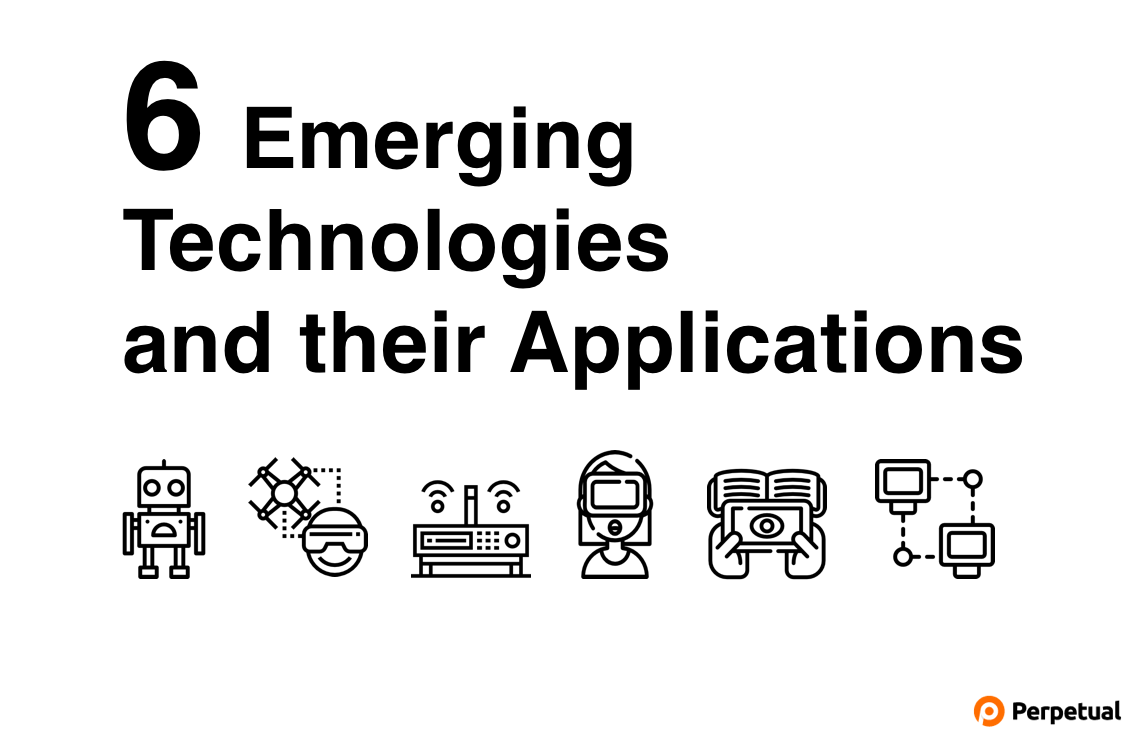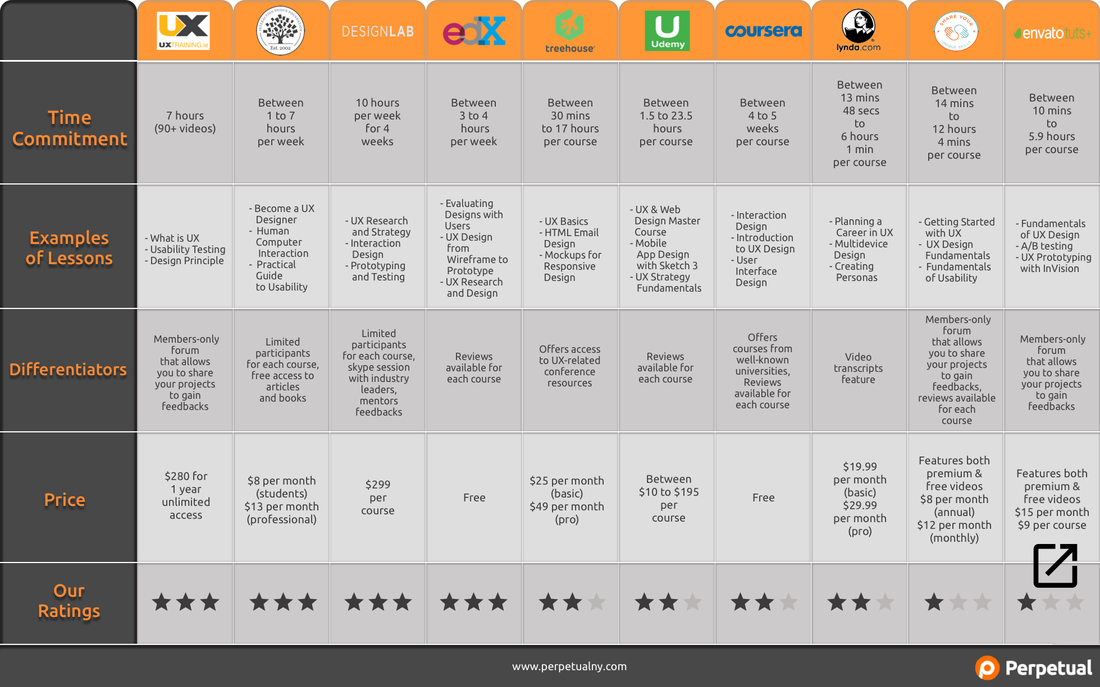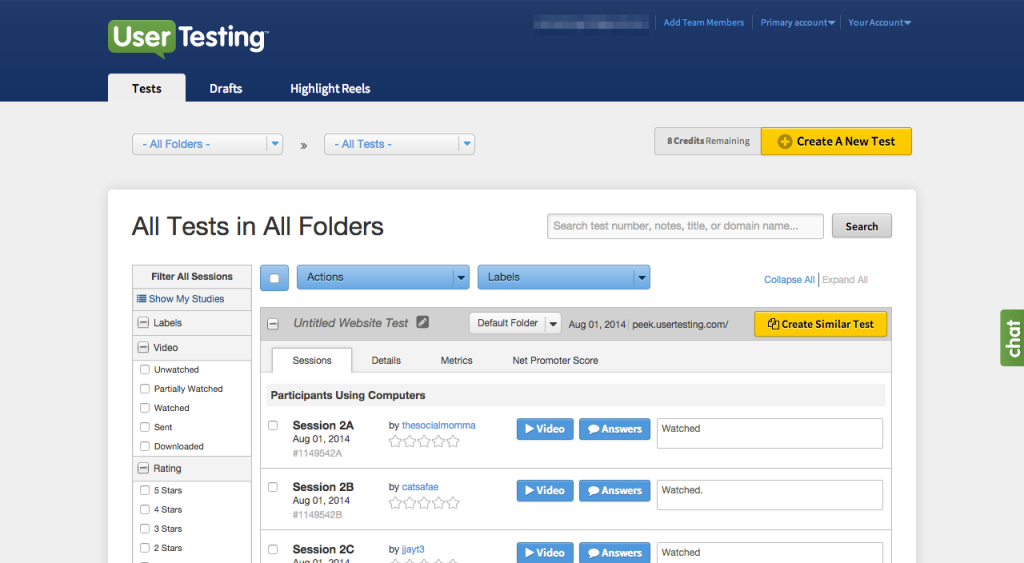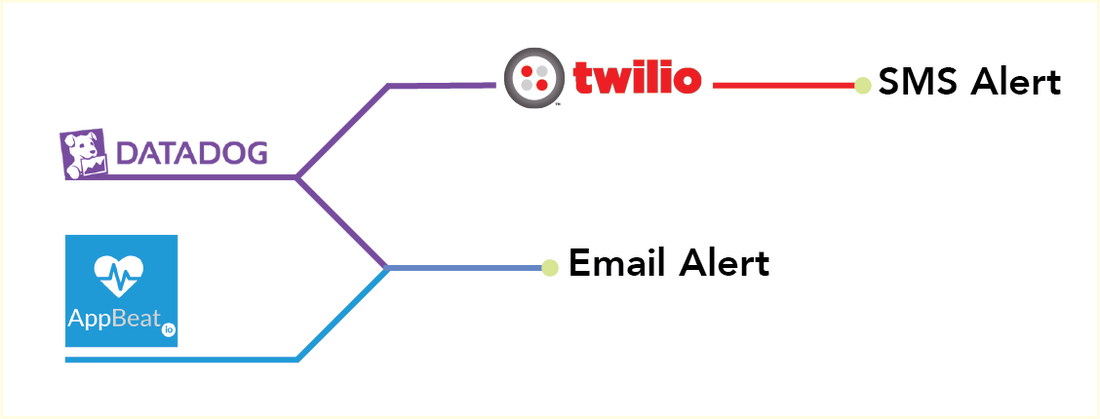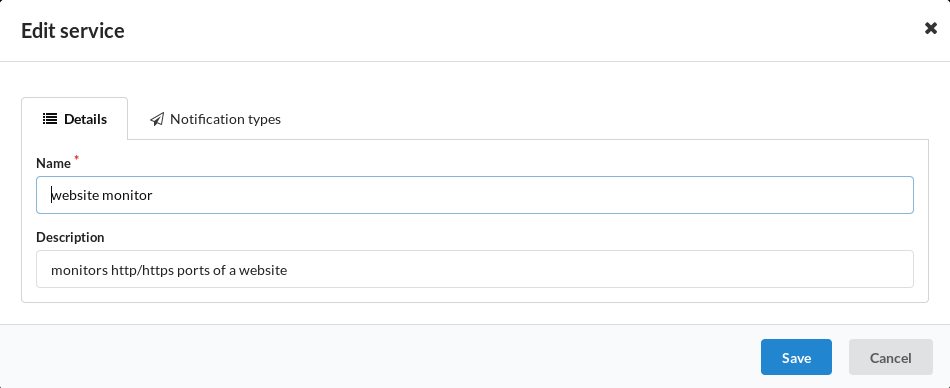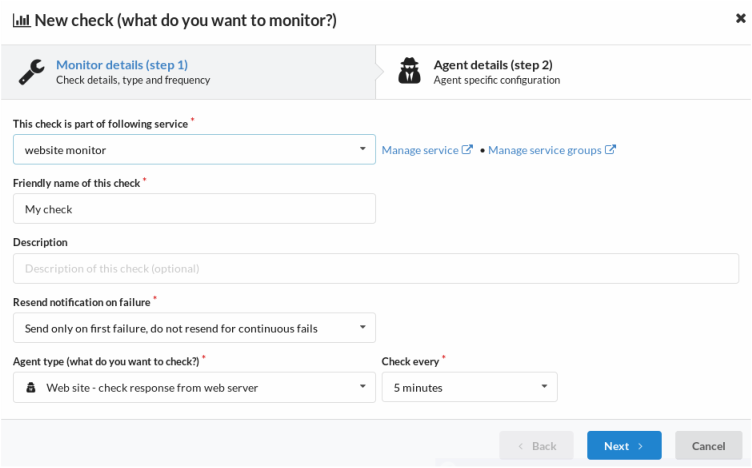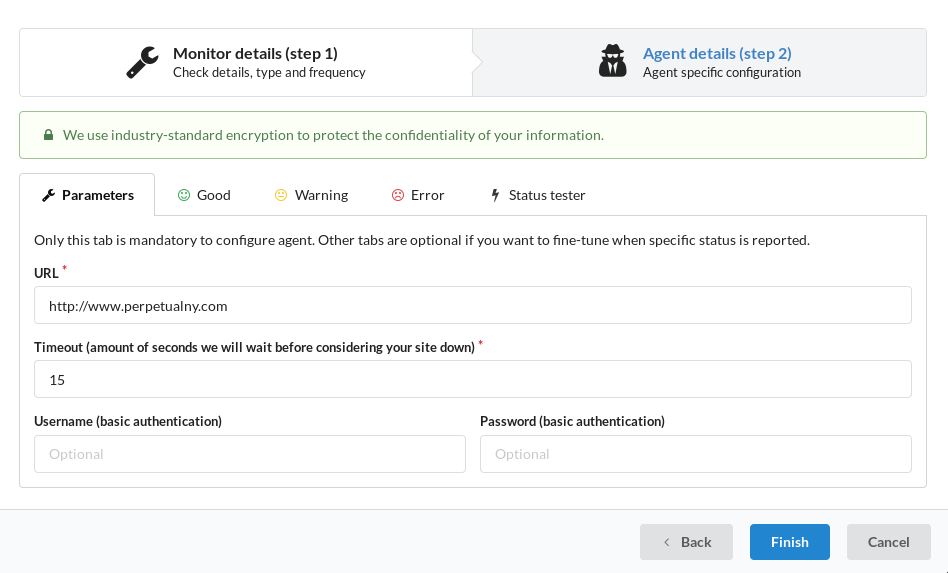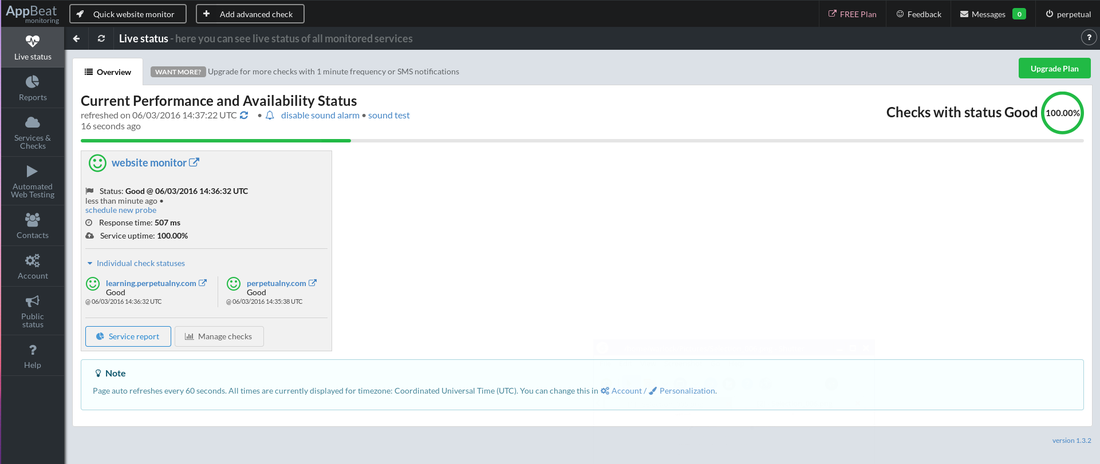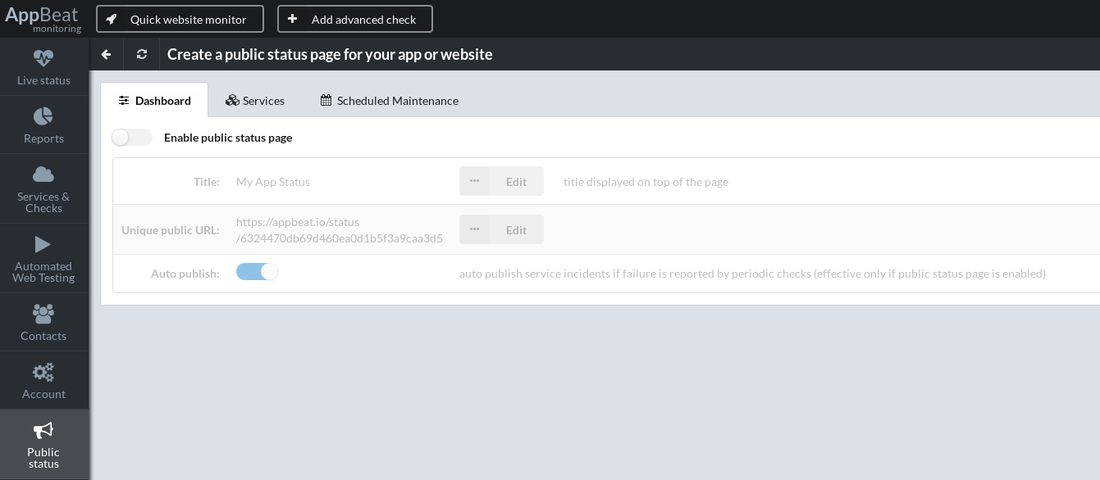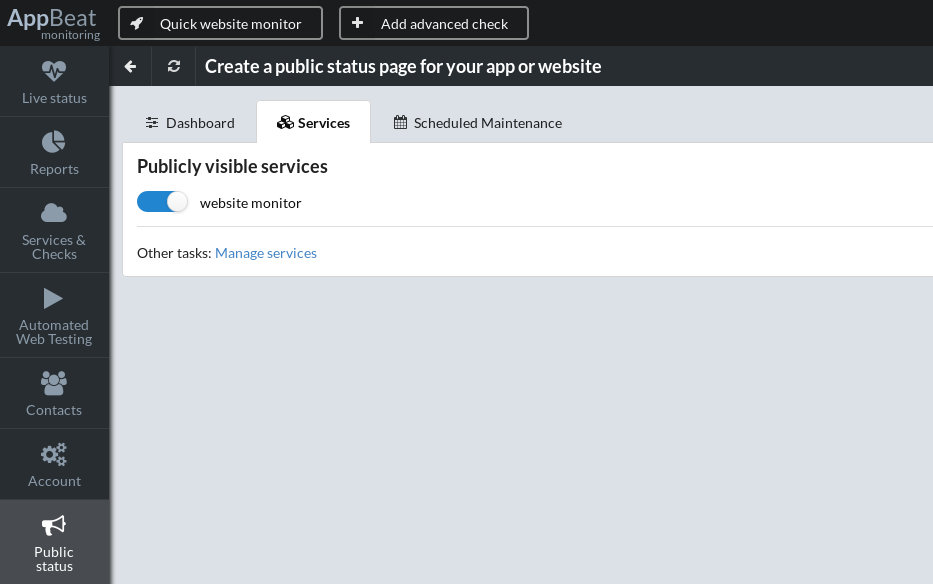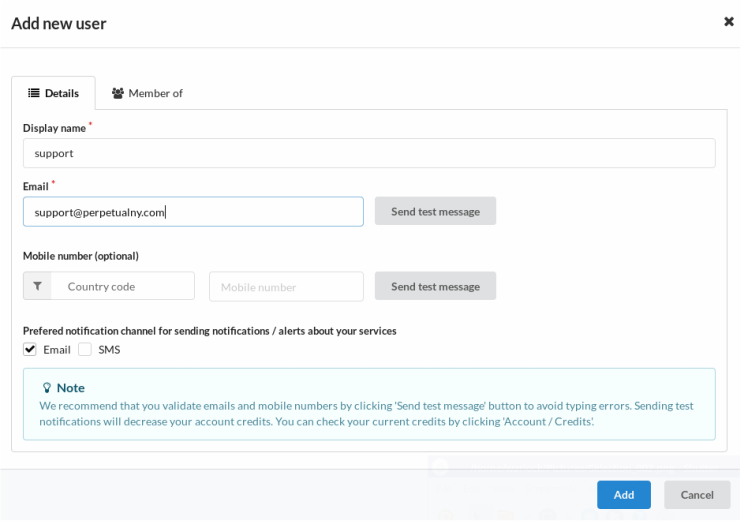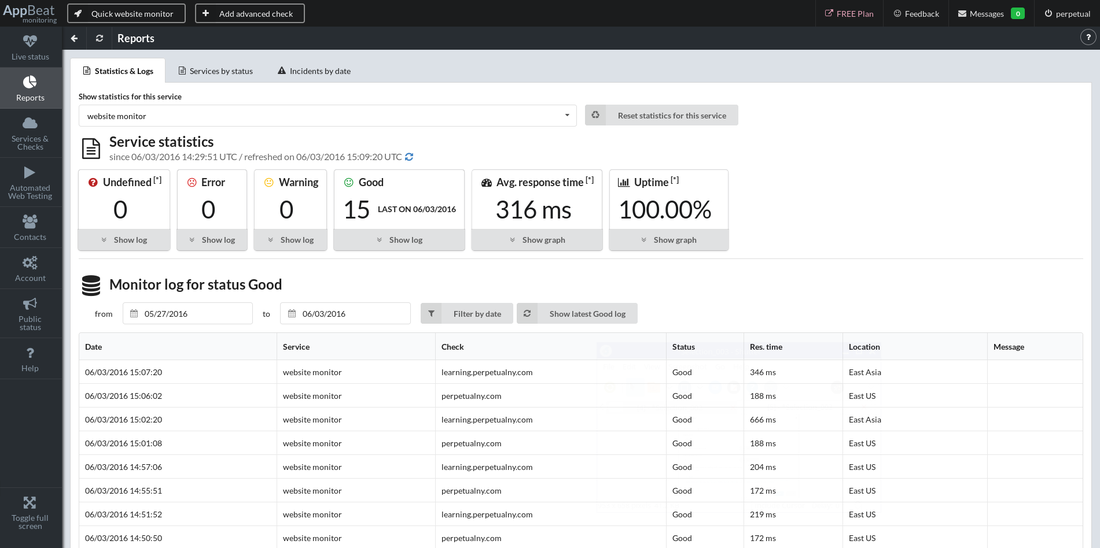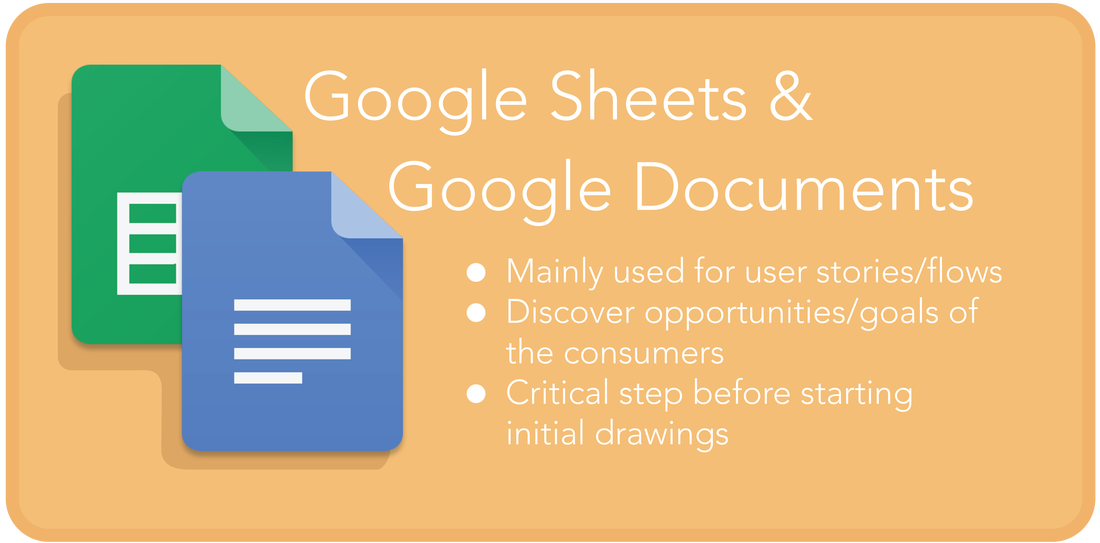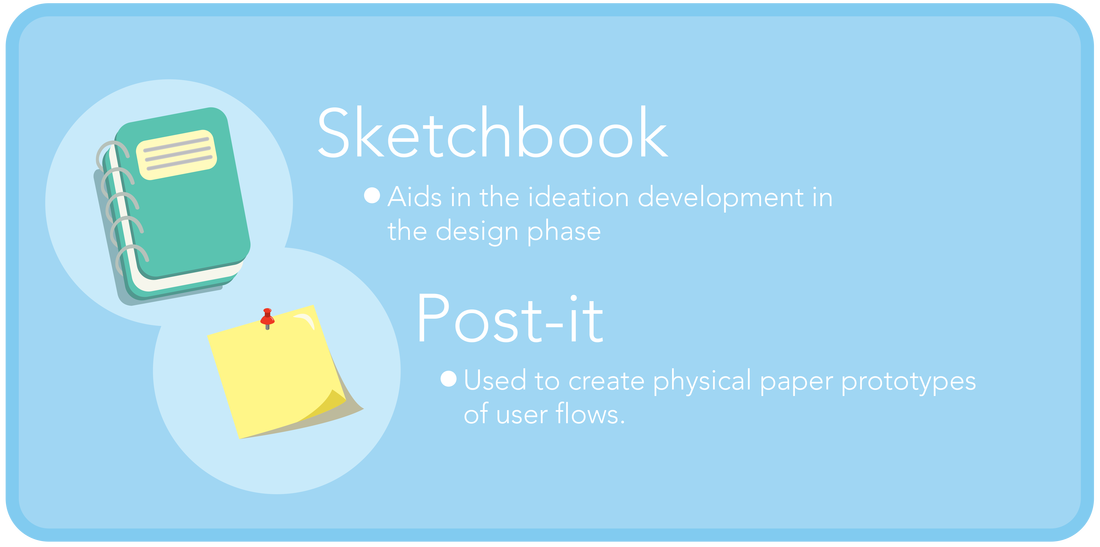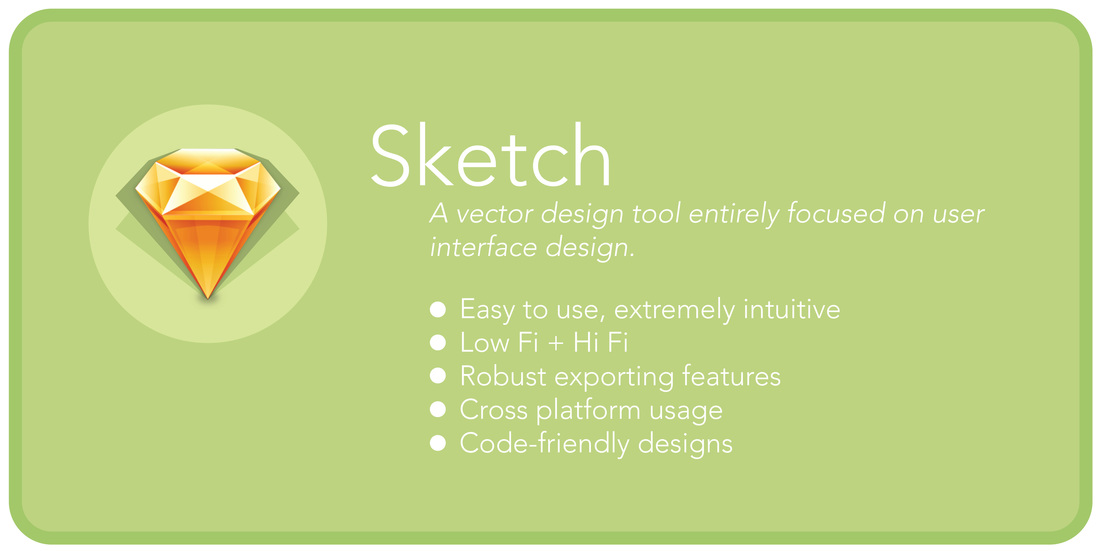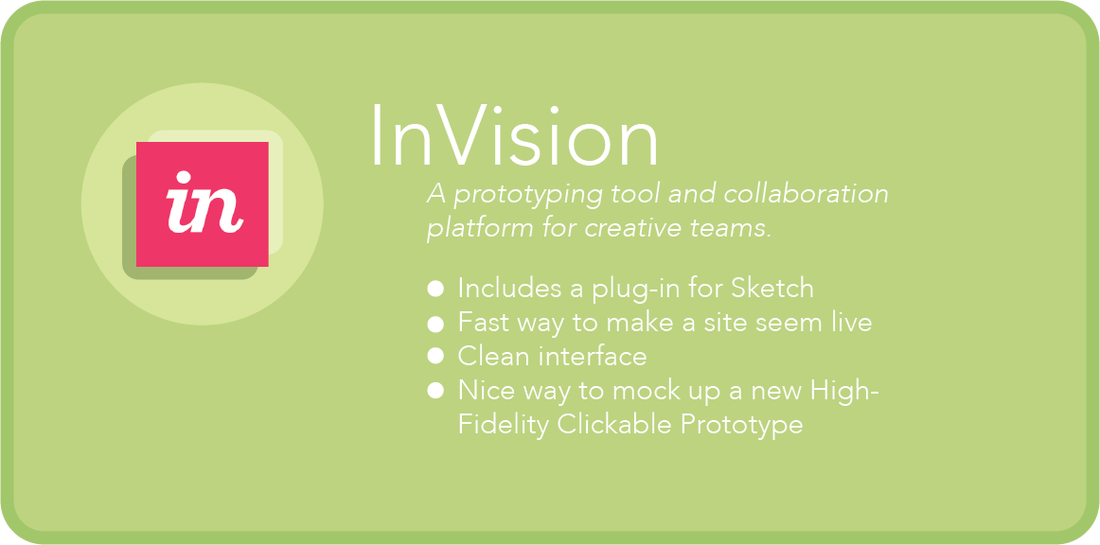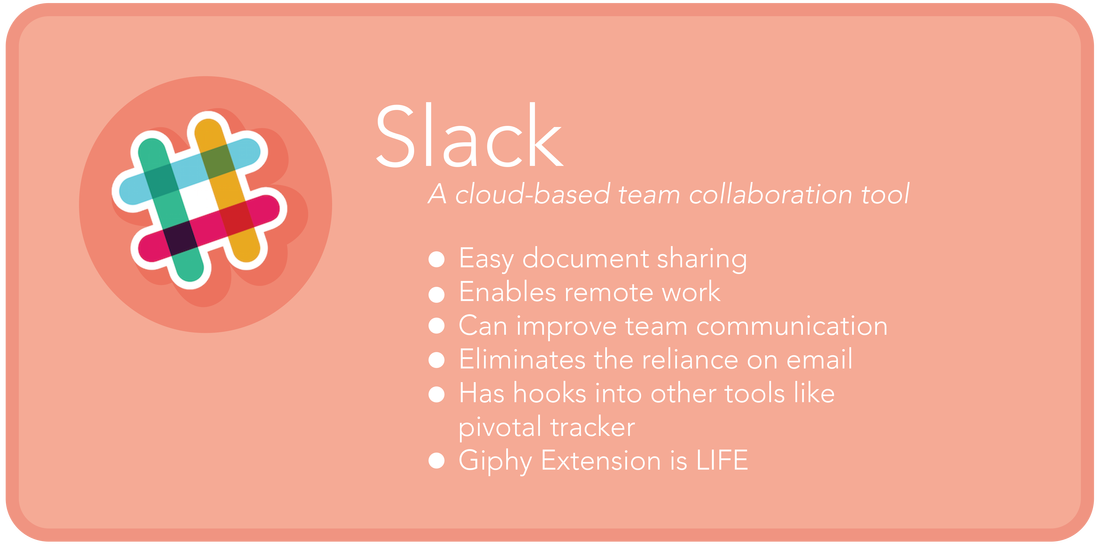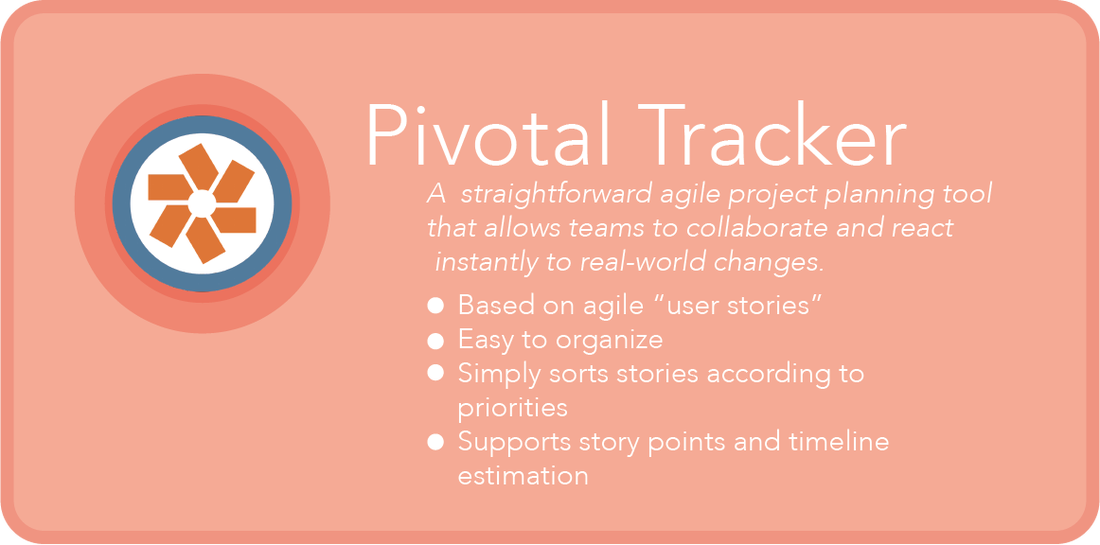We work with a variety of startups across Product, User Experience, Design, Development, Architecture, QA, Operations and more. We partner with them from the early stages of
a founder with an idea to scaling and supporting millions of users. After many years of immersing ourselves in the startup environment, we’ve got a good idea of the most suitable tools and services to create a successful startup.
Here are some tools across Analytics, Marketing, Billing, Careers, System/Tech and Operations that we have found to be most useful for technology oriented startups i.e startups who have an in-house technology team developing products and services.
Analytics
Metrics are a key part of any business; a way to keep a check on the health of your product and startup as a whole. The key analytic tools we found helpful to startups are as follows. Note that these do not include broader business analytics metrics since these are more suited for product analytics and performance. (Which in the case of most tech startups is the key metric to track).
ESSENTIALS
Google Analytics: A great way to keep track of general performance of your web and mobile sites in the form of unique visitor numbers and provides traffic sources and paths through your product. While it might not be ideal for individual event tracking, it has gotten great for cross device tracking including native mobile apps. Besides these, it also lets you track the performance of your paid advertising channels, outside of Google Adwords own analytics .
Flurry: An irreplaceable product for mobile event analytics that lets you segment your user analytics and chase down the best user acquisition channels. Startups tend to use this alongside Google Analytics for in-depth mobile app tracking and optimization.
Mixpanel: The best product for real time event tracking and easy for tracking events you really care about. While also letting you set-up paths and goals, Mixpanel is nice for big picture analytics and super easy to use for non-tech savvy stakeholders. Note that usage can become addictive in terms of observing how your product is being used in real-time; save the analysis for when you have data from more clickstreams..
NICE TO HAVES
KissMetrics: If you’re doing any kind of A/B testing, Kissmetrics is your go-to option. It provides several options to monitor a variety of tests with a focus on actual users, user cohorts, and user behavior across your product.
App Figures: This lets you track key app metrics including installs and active users and has a nice alert feature to send you periodic emails with this information.
Chartbeat: Nothing quite like seeing a dashboard of your key metrics in one place and in one tab. Chartbeat makes this happen.
CrazyEgg: If you want to know where your users are clicking on your site Crazy Egg is the answer. Equipped with the finest such tracking and several visualization options from heatmaps to ‘click dots’, CrazyEgg is one of the most advanced products in its industry.
Marketing
Facebook: Ideal channel to target a B2C audience and enables phenomenal reach with limited cost. Has the ability to heavily target by demographic and if integrated, we recommend making use of pages specific to your business.
Twitter: Ideal for B2B and B2B engagement, a must for any startup.
Instagram: Suitable if your business has something visual to portray e.g product shots. Mostly used if your business is related to travel, events, or you conduct business at a venue your customers visit e.g a restaurant or a store.
Hootsuite: Lets you post and track performance across multiple social channels including Facebook, Twitter, LinkedIn, and more. An invaluable timesaver and among other such tools we’ve evaluated, Hootsuite is the best place to start.
Vimeo: Great for promotional videos you want to embed on your website or blog. It provides a nice clean white-labeled player and lets you customize the theme.
YouTube: Great place to put up video content and have it be discovered organically and shared directly on Youtube and other social channels.
Disqus: If you have a blog or a comments section on your website, Disqus is a great solution to use. With their user count already in astounding numbers, it can be used to pull in other relevant content.
Yelp (Business Owner): Highly recommended to set up an account if you are a local business and local discovery is important to you.
Google AdWords: This is the Go-To tool for online paid advertising since the majority of internet users use and absorb content through Google. If you are looking to enter the world of paid online advertising, Google Adwords is the place to start.
WordPress: If you’re looking for a platform to start a great blog, look no further because WordPress is the Go-To Solution. Easy to use with several pre-existing themes and templates, as well as several plugins for things like SEO, visual elements, payments and more.
Survey Monkey: Among the various survey tools out there, Survey Monkey is a great tool to run periodic surveys with your users and prospective users. A close second is Survey Gizmo, followed by Google Forms if you like to keep things simple.
Shutterstock: We all need stock images once in awhile, Shutterstock being one of the best places to go for this. With high quality shots and reasonable prices, this company certainly has every type of picture you need.
Mailchimp: Among email marketing tools out there, this is the most popular and recommended email marketing tool. With well rounded sets of features in all respects, Mailchimp is designed to be user-friendly and is a great tool to start your email marketing adventures with.
Hasoffers: A great way to offer your product or service to several affiliate marketers and networks. In other words, let other networks market for you, grow your audience, and create new revenue opportunities. You should only consider this if you were looking to distribute your services via affiliate marketing.
123rf: A good source of royalty-free images as well as non standard stock photography.
Billing
If you are collecting any kind of money directly online from your users, then you need a variety of billing solutions besides your main bank of course.
First Data: The de-facto Payment Processor, with several settlement options and competitive rates.
Paypal: A service that enables you to pay, send money, and accept payments. If you plan to collect money via Paypal, you will need their business account.
Braintree: Among modern credit card gateways out there, (eg Stripe, Braintree etc) we find Braintree to be the most user-friendly and competitive. They also provide end to end solutions from payment gateways to payment processors. They recently have become the only solution to support all types of payments including Paypal via one solution, which makes it a clear winner above the rest.
Freshbooks: Collecting and tracking invoices? Freshbooks is ideal.
Delivery/Shipping
If you need something shipped, these two top-of-the-line delivery services provide fast and easy
transportation. Sorry if we sound like Captain Obvious here.
Replenishments
Freshdirect: A New York City specific company that delivers fresh groceries right to your doorstep. If your startup is in New York and you like to keep a stocked fridge with fresh food for your employees, look no further.
Seamless: Working late or don’t want to step outside in horrendous weather? Seamless is an online food ordering service that brings lunch right to your doorstep.
Bluebottle: We and many startups we work with are not huge fans of some of the standard corporate office choices. Instead, we prefer drip coffee, specifically of the Single Source variety. The best choice for this in our opinion is Blue Bottle Coffee.
CDC Coffee: Refreshment distribution company. Recommended brews: Flavia/Alterra
Starbucks: An American coffee company and coffeehouse chain.
Bulk Purchasing
BestBuy: An all encompassing electronics store that has just about everything a startup could need. Helps to get an account with the to avail of various discounts and points for your miscellaneous electronics.
Amazon Store: If you don’t want to get up from your chair to buy supplies or pretty much anything your office needs, Amazon store is the answer. They have occasional deals like Amazon Prime day which will help further prove your frugal characteristics to your investors.
Office Supplies
Staples: In regards to bulk office supplies, Staples provides a huge variety in every category that any office could possibly need.
Quill: For competitive prices and a New York native office supply solution, try this supply store.
Jobs
Looksharp: A job search site specifically for the intern level where you can find your ideal internship from their large database.
Indeed: Indeed provides millions of jobs to searches around the world, and lets you easily list job postings and find suitable talent
System/ Tech
Amazon S3
Standing for Simple Storage System, Amazon S3 provides developers and IT teams with secure, durable, and highly-scalable cloud storage; great for every startup.
Apple
Apple has long since been a provider for phones and other technical mediums for years. Whether it be a new iPhone or iMac, Apple products have been the standard for tech companies due to the low learning curves and myriad of exclusive programs available. Also critical to have an account here if you’re developing an iPhone or iPad application.
Adobe Creative Cloud
A must-have for every designer out there, the Adobe Creative Cloud contains essential design programs such as Photoshop, Illustrator and Premiere that have been used in countless creative products that constantly shifts the design world we know today.
Heroku
This service exists to enable developers to build and run applications entirely in the cloud with easy in-built tools that save you from getting your hands dirty with devops or the like. Some products that Heroku provides out of the box Heroku Platform, Redis, Postgres, and many more.
Engine Yard
This one is for all of the engineers developing critical Rail apps out there. This is a logical next jump from Heroku for hosting your Ruby on Rails applications.
GoDaddy
GoDaddy is a reliable and affordable no-frills web hosting company. Use it as a one-stop-shop for your domains and simple websites. While it provides affordable WordPress and PHP hosting options, its in-house website creation templates are not the most aesthetic.
DynDNS (Secondary DNS)
Great alternative to GoDaddy for cheap domains and some flexible options to manage sub domains and certificates.
Airbrake
This tool is key to analyzing exceptions in your code. As soon as any crash, exception or error is detected, an alert with detailed information about the error and suggestions to address the issue is sent to you.
Github
Often considered to be every software engineer’s best friend. As one of the most popular code hosting platforms out there, Github brings people from all over the world to collaborate on millions of projects, and gives your startup a place to host and collaborate on your code securely.
Pingdom
In regards to website monitoring, this platform makes it easy to track the uptime, downtime, and performance of websites.
Pivotal Tracker
This platform enables users to manage their projects, collaborate efficiently, and develop better projects. As an agile project management tool, it’s lightweight, easy to use, and our personal favorite for agile software development teams of 6 or less. For bigger teams and projects, JIRA does the trick.
NewRelic
All developers share the same knowledge that fixing bugs and performance issues are never fun to do. This program offers the very solution to that: A performance management solution that enables developers to fix these problems in real time. An equivalent but more cost effective option is DataDog.
MaxCDN
If your website or apps are slow due to excess data, this company specializes in making them faster by replicating, purging and provisioning content instantly.
Usability Hub
If you need instant user experience testers for your product, UsabilityHub is the place to go. With multiple tests such as the Five Second Test or Questions Test, UsabilityHub captures design feedback quickly and easily with these.
BrowserMob
This proxy is really great for web developers who need to watch and manipulate network traffic for their AJAX applications. This free proxy provides a multitude of services including capturing performance data, manipulating browser behavior and traffic, simulating network traffic latency, and many more.
Browserstack
This program enables developers to test their website across various browsers on different operating systems and mobile devices without requiring users to install virtual machines, devices, or emulators; often the cause of a huge headache.
Sendgrid
If you’re sending emails to hundreds or more, it can often get pretty overwhelming. This service is the one platform that your email desperately needs. Providing services like transactional delivery and email marketing campaign assistance, Sengrid provides world-class technology and personal attention from their experts.
Railscasts
Assuming your startup is using Rails, this is a useful tool. Railscast is designed for intermediate rail learners (although you can still get something out of it if you’re a beginner or expert) and is a website hosting various videos on tips and tricks to learning Rails as a developer. The screencasts are short and sweet specifically focusing on one technique so you can quickly move on to applying it to your own project. The Pro option to this contains more screencasts each week.
Ruby Gems:
This service is the Ruby community’s gem hosting site where you can instantly publish gems and install them. Easy to interact with and an invaluable tool for all Ruby developers out there. No wonder that an oft-quoted maxim in the RoR world is “There’s a Gem for that”.
Calico Desk: Standing Desks have taken over the startup hub with its change of pace from sitting down for nine hours to being provided a whole array of positions. Our personal favorite is the Calico Designs 51230 Sierra Height Adjustable Desk that can be bought off of Amazon. Why do we love it? It’s the most sturdy, right sized instantly adjustable standing desk at less than $200.
Solano Labs:
This company provides powerful, scalable systems that increases efficiency and quality. For a software engineer, the services provided here truly are your best friend.
Test Flight:
As Apple’s own beta testing software, Test Flight allows developers to test their apps with a group of internal servers. This is an extremely valuable asset to developers since receiving feedback is critical to the design process before uploading to the App Store.
Twilio
Communication is key for every startup, this cloud communications platform specializing specifically in this. This can include embedding messaging, voice, video, authentication in your apps with simple and powerful API, and other aspects that improve your communications on your platform significantly.
Other/General
Dropbox: As one of the most popular online file storage systems out there, it enables you to share and collaborate online better than any other file sharing solution. It has high limits on storage at low cost and constantly keeps getting better.
Gmail: A classic email platform that has been on the Internet since 2004, Gmail is a web-based email that provides users 1GB of free storage. When used as part of Google Apps for Work, it performs as a full service email solution eliminating the need for an email server like Microsoft Exchange.
Google Apps For Work: If Google made an all encompassing product that provided every Google app that’s beneficial for businesses, it would be this one. Some of these apps includes Google Hangouts, Documents, Calendar, Forms, and many more, again eliminating the need for your business to maintain infrastructure to support these tools.
Microsoft Office Business Account: A true classic when it comes to online business products especially in the enterprise B2B world if you’re working with corporate clients. Sometimes Google Apps won’t load those crazy Excel macros.
Jive: As a large scale Cloud-based phone service, Jive works best for business-grade companies who want reliable, powerful, and economical hosted communication service.
Hipchat: If you’re looking for a group and video chat that works well for teams, Hipchat is definitely your fix. Designed to liberate working individuals from their desks, this system provides a variety of goodies such as video calling, screen and file sharing, and the security that every company craves.
GoToMyPc: If your employees need to work remotely, this tool enables easy remote access to your work computer anywhere and anytime.
Mapbox: Mapbox is an open source mapping platform that lets you create beautiful custom designed maps. It’s a provider of maps for several huge companies such as Foursquare, Pinterest, Evernote, and the Financial Times. We love the visual options it has over Google maps but is not ideal cost-wise if you have massive volumes.
Olark: Armed with incredible features including the knowledge of who’s visiting your website and where they’re looking, Olark is one of the most advanced and yet easy-to-use live chat systems available. A good way to get instant engagement with your site visitors.
Salesforce: The leading CRM platform that employees can access entirely over the Internet and truly prioritizes the customer by putting them at the center of everything that you do. Great benefits of using Salesforce include improvement in these areas: Sales, Customer Service, Marketing, Community, Analytics, Apps, and the IoT Cloud. For lighter alternatives, we recommend Pipedrive, Highrise and Base CRM.
Better Business Burea: You’ll need an account here if your startup is related to a traditional business that is tracked by the BBB. Hopefully you start and stay with that A+ rating.
Behance: As the leading online creative platform, Behance is great for discovering hidden and raw talent. Use it to seek inspiration or find that visual designer your startup needs. Note that it’s known to have outlandish/experimental designs compared to the more level dribbble.
MyFax: Fax machines have since gone and left with this new tool that let’s you send and receive faxes through multiple mediums such as phone, email, or the web.
Vistaprint: If you’re looking for customized and personally designed marketing material for your business, Vistaprint is a great solution. This company provides 100% customization in an array products such as business cards, posters, signs, stationery, and many more. The best part is when you sign up with them they send you a free pack of swag including a T-Shirt with your branding on it.
Vonage: Provides quality phone service for home, small business, and business phone systems. This is a good option if you plan to do a lot of international calling.
Trello: This platform enables you to visually collaborate with teammates on boards and other aspects of the creative process. This is an especially powerful product for designers since communicating visually is very effective and also provides a light way to get organized about any kind of project.
Slack: This is undoubtedly the tool of choice for office collaboration, replacing email, IM and file sharing tools.
Spotify: One of the top music streaming platforms available, Spotify enables free access to millions of songs all on the tips of your fingers. Getting a company account can help if you like to play music in common areas. We found that many development teams at startups like to have this benefit.

